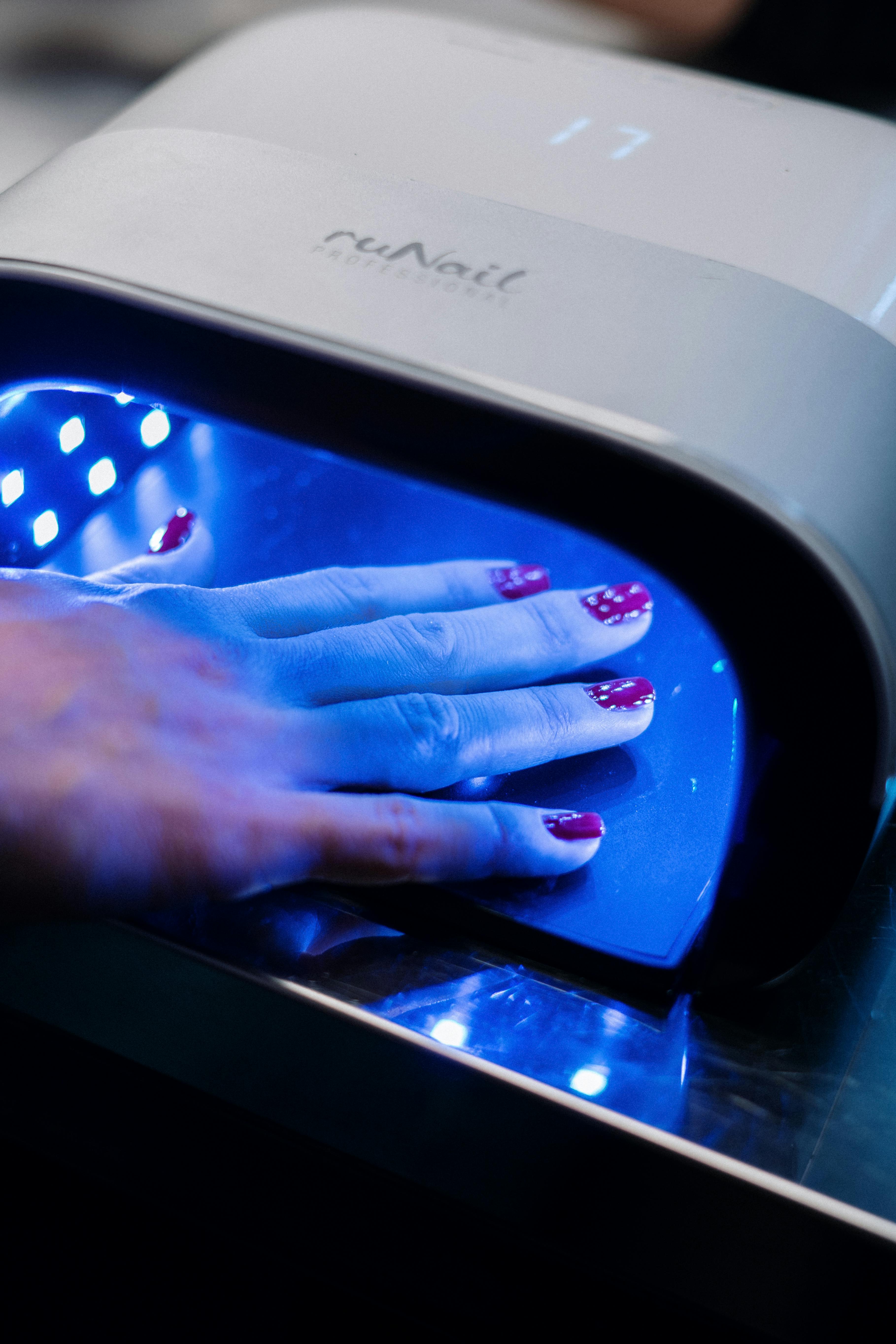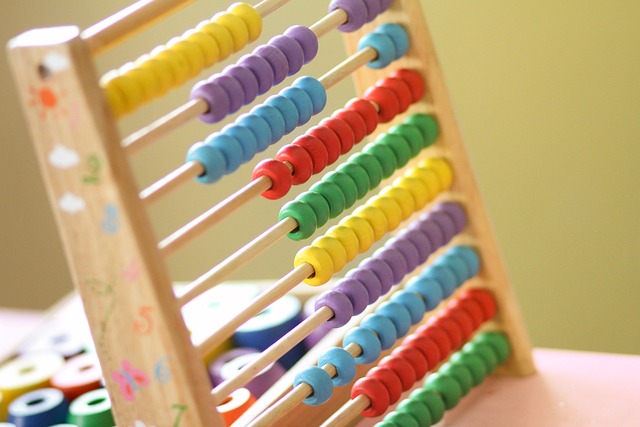Nail Art Techniques and Care for Long-Lasting Manicures
Nail art is a creative way to express style through the nails using colors, textures, and small decorations. Whether you prefer simple stripes, floral accents, or more intricate designs, good results depend on preparation, product choice, and aftercare. This article explains common techniques, essentials for healthy nails, manicure steps that support nail art, differences among polish types, and how nail art fits into a broader beauty routine.

What is nail art and how is it created?
Nail art covers a range of techniques applied to the nail plate or enhancements to create decorative effects. Basic methods include freehand painting with fine brushes, stamping plates that transfer engraved patterns, dotting tools, striping tape, and decals or stickers for precise shapes. More advanced options use gel or acrylic overlays to embed glitter, rhinestones, or 3D elements. Creating a durable design usually starts with a smooth base—cleaned and lightly buffed—followed by base coat, color layers, the design, and a sealing top coat. Precision tools, steady hands, and patience improve results whether you work at home or with a technician.
How should you care for nails before and after designs?
Proper nail care improves the appearance and longevity of nail art. Before applying designs, remove old polish, trim and file nails to even shape, gently push back cuticles (avoid cutting unless trained), and lightly buff the surface to help polish adhere. After art is applied, protect nails by avoiding immediate exposure to harsh chemicals, wearing gloves for cleaning, and applying cuticle oil daily to maintain flexibility and shine. Regular maintenance—top coat refreshes every 5–7 days for traditional polish, or as advised for gel—helps prevent chipping and keeps the design looking fresh. Healthy nails also require good nutrition and hydration.
What does a proper manicure involve for nail art?
A manicure tailored for nail art emphasizes a clean, stable canvas and professional finishing. Typical steps include sanitization of tools, soaking and gentle cuticle care, shaping with a file, and removing dust before product application. For complex nail art, a technician may apply a strengthened base such as a ridge-filling base coat or a thin builder gel to create an even surface. Color layers should be thin and cured or dried between coats when using gel or regular polish. Final sealing with a suitable top coat (gel top coat if using gels) adds gloss and protection. If you prefer professional help, look for salons offering specialized nail art services and check their portfolio of work and hygiene practices; local services can vary in style and technique.
Which polish types are used for nail art and how do they differ?
Polish types commonly used for nail art include regular (lacquer), gel, and specialty paints. Regular polish is accessible, easy to remove, and works well for simple designs; it dries in air and can chip sooner if not sealed. Gel polish cures under LED/UV lamps and provides longer wear and a smoother finish well-suited to layered or sculpted designs; removal requires soaking or professional service. Nail art paints (acrylic paints or dedicated nail art polishes) offer fine pigment and control for detailed brushwork. There are also peel-off base coats and quick-dry top coats that change workflow. Choose products based on desired durability, removal method, and any sensitivities—follow product instructions and patch-test if you have a history of reactions.
How does nail art fit into overall beauty and styling choices?
Nail art complements personal style in a way similar to accessories—color palettes and motifs can reflect seasonal trends, special occasions, or everyday looks. Consider coordinating nail color and designs with wardrobe colors, makeup tones, or event themes without overcomplicating the look; simple accents often pair well with more elaborate outfits. For professional settings, minimal or subtle art can maintain a polished appearance while still offering personalization. Nail art also intersects with self-care: the ritual of choosing designs and maintaining manicures can be part of a broader beauty routine that includes skin care and hair care. If you seek inspiration or specialized services, review portfolios from local services to find technicians whose aesthetic aligns with yours.
Conclusion
Nail art ranges from quick at-home decorations to complex salon-applied designs that require skill and specific products. Success depends on preparation, choosing the right polish or enhancement, and consistent aftercare to protect the design and the health of the nails. Whether you experiment with DIY techniques or consult professional local services, understanding the tools, products, and maintenance involved will help you achieve longer-lasting, attractive manicures that fit your personal style.






